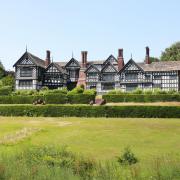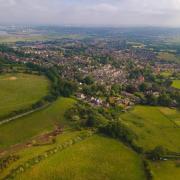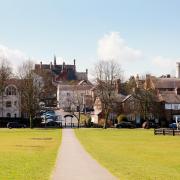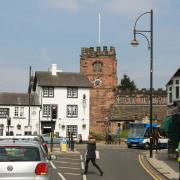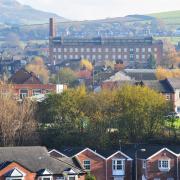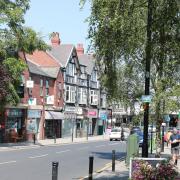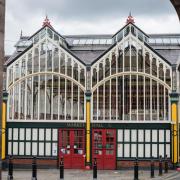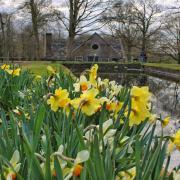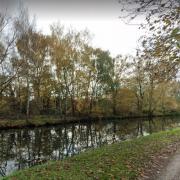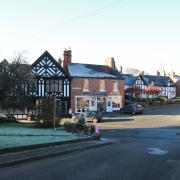It has become such an important part of the region that it is hard to imagine life without Manchester Airport. Not only is it the last piece of British soil millions of holidaymakers touch for a fortnight every year, it is also a major employer and a huge attraction for businesses setting up in the north west.

And it is set to grow even bigger under the £660m Airport City plan which aims to create a destination people travel to, not just through, and to double the airport’s passenger capacity by 2030. The proposal includes homes, hotels, leisure facilities and offices housed in what the artist’s impressions show as shiny glass and steel palaces.
It’s all a far cry from the windswept fields and wooden sheds of the original airfield which opened 75 years ago, in June 1938. In the first 14 months, the airport handled 7,600 passengers, which is the equivalent of a summer morning’s work today.
In 1929 Manchester had become the first city in Britain to establish a municipal aerodrome but within five years the site at Barton was declared unsuitable and Ringway became the new home of flights to and from the city.
The first service was by KLM and flew to Blackpool, Speke, Ringway via a request stop at Doncaster and finally Amsterdam. The original 1938 route network included Western Super-Mare, Croydon and Doncaster, none of which feature on the departures board today. On the opening day the public could experience flights for 5 shillings per person on aircraft such as a De Havilland Express, a Mongoose Avro and a Fox Moth.
Andrew Cowan, chief operating officer for MAG, who own Manchester Airport, said: ‘Reaching our 75th anniversary is a significant milestone in our history. I hope this was the vision the city forefathers had for the project when they first decided to open an airport here.
‘It’s even more significant for us this year as we’ve completed a transformational increase in the size of the company, having added London Stansted to our group of airports.
‘This summer, Manchester has surpassed 20m passengers again and we are the third largest airport in the UK, while the company is responsible for 42m passengers as a group of airports. We will begin to build our Airport City development this year, further cementing Manchester’s reputation as a European business destination. We’ve achieved much in our opening 75 years of existence and we’re well placed for an even brighter future.’
Airport Facts
In 1910 Louis Paulhan landed a Farman biplane in a field near Burnage and claimed a £10,000 prize offered by the Daily Mail for the first person to fly from London to Manchester. A road at the airport’s Runway Visitor Park is named in his honour.
A number of short-lived aerodromes existed around Manchester in order to handle increasing air traffic, and in 1919, Britain’s first scheduled air service began from a private airfield in Manchester to Birkdale Sands in Southport and on to South Shore, Blackpool.
During World War 2, the airport became a hub of wartime engineering activity as an aircraft manufacturing centre for Fairey Aviation and Avro. Runway and airport facilities were enhanced with three new runways and ten new hangars being added during this period. The airport also acted as a training centre for over 60,000 parachutists.
Manchester Airport is now the third largest in the UK and recently passed the 20m passenger mark again having reached a peak of 22m in 2007. In 1954, the airport served a million passengers and by 1995, that had risen to 15 million.
The airport now has three terminals and two runways and will this year begin construction on the UK’s first Airport City project.




